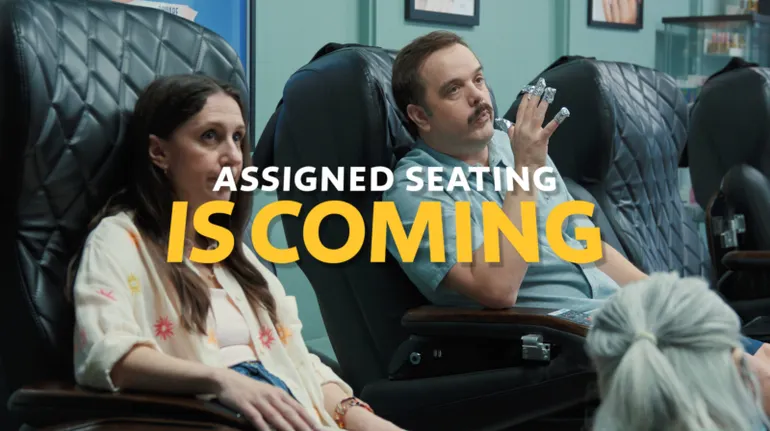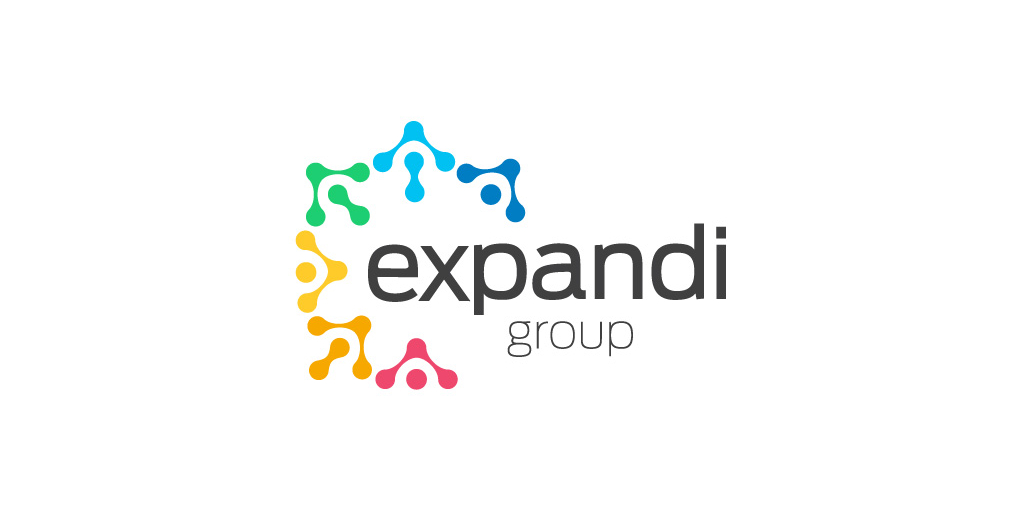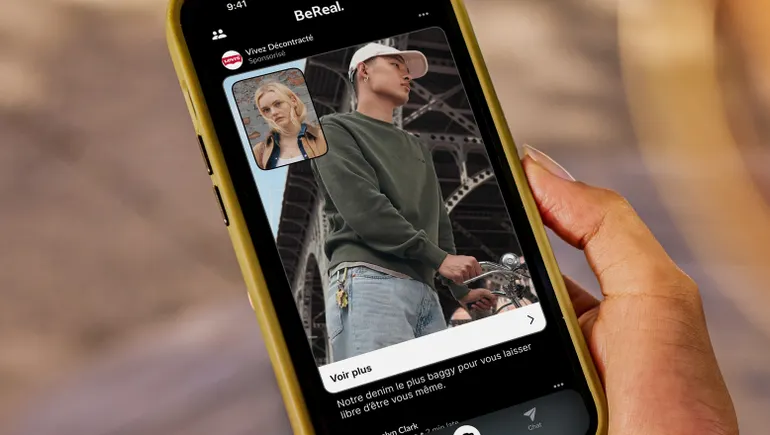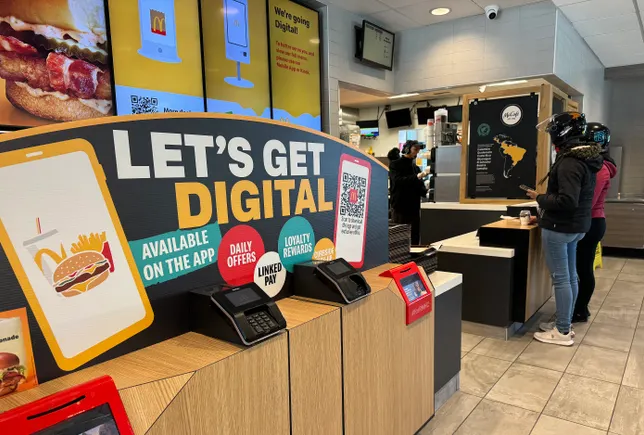Southwest Airlines Launches Playful Campaign on Seating Policy Shift
Southwest Airlines, long known for its unique open seating policy, is rolling out a new advertising campaign that leans into humor to address recent changes to its seating approach. The airline is making subtle adjustments to its boarding and seating system, and it’s using cheeky messaging to reassure loyal passengers that the change is “no big deal.”
Modernizing Without Disrupting
For decades, Southwest has been recognized for its open seating model, where passengers choose their seats upon boarding based on a first-come, first-served basis. This system, while popular with many, has also drawn criticism for causing anxiety and confusion among some travelers. In an effort to modernize without alienating its customer base, Southwest is tweaking its approach—but it insists the essence of its service remains unchanged.
The new marketing campaign adopts a lighthearted tone, using humor and candid messaging to explain that the company isn’t overhauling its entire boarding philosophy. Instead, it’s making behind-the-scenes adjustments that aim to enhance passenger experience while retaining the brand’s hallmark friendliness and efficiency.
Humor as a Strategic Tool
The campaign’s creative strategy is clear: lean into Southwest’s well-established brand voice—fun, quirky, and personable. The airline uses slogans like “We’re not reinventing the wheel. Just polishing the hubcaps,” to communicate that while changes are underway, they won’t interfere with what customers love most about flying Southwest.
Television spots, digital ads, and social media posts all embrace this comedic tone, aiming to turn a potentially controversial tweak into a relatable, even entertaining storyline. The ads are designed to reassure passengers that the airline is still committed to affordability, flexibility, and its customer-first ethos.
Balancing Innovation and Tradition
According to company representatives, the adjustments to the seating policy are part of a broader initiative to improve operational efficiency and customer satisfaction. While specific details about the changes have not been extensively disclosed, Southwest assures passengers that the core boarding process will still reflect the values it has championed since its inception.
“This isn’t a reinvention,” a Southwest spokesperson explained. “It’s more of an evolution. We’re just finding smarter ways to do what we’ve always done well.”
The campaign cleverly avoids triggering alarm among frequent flyers who have grown accustomed to the airline’s unique boarding process. Instead, it aims to build excitement and curiosity, positioning the change as a natural step forward rather than a disruptive shift.
Customer Response and Industry Context
Initial reactions to the campaign have been largely positive. Social media users praised the company’s transparency and good humor, while marketing analysts highlighted the campaign as an example of how to manage customer expectations during a transition. By addressing potential concerns head-on and with levity, Southwest is setting a precedent for how legacy practices can be modernized without alienating a loyal customer base.
In an era where airline policies are often met with skepticism, Southwest’s open approach provides a refreshing contrast. Industry experts note that humor can be a powerful tool for brands navigating change, especially in sectors like air travel, where customer trust is paramount.
Looking Ahead
As Southwest continues to roll out its campaign across various media platforms, the company will likely monitor customer feedback closely to ensure the messaging resonates. The airline’s ability to stay true to its brand personality while making meaningful improvements may set the tone for future marketing strategies within the aviation industry.
Ultimately, the campaign reinforces Southwest’s reputation as an airline that doesn’t take itself too seriously—but takes its passengers’ experiences to heart. By choosing to frame its policy update as “no big deal,” the company is not only diffusing potential backlash but also strengthening its emotional connection with travelers.
This article is inspired by content from Marketing Dive. It has been rephrased for originality. Images are credited to the original source.












Leave a Reply